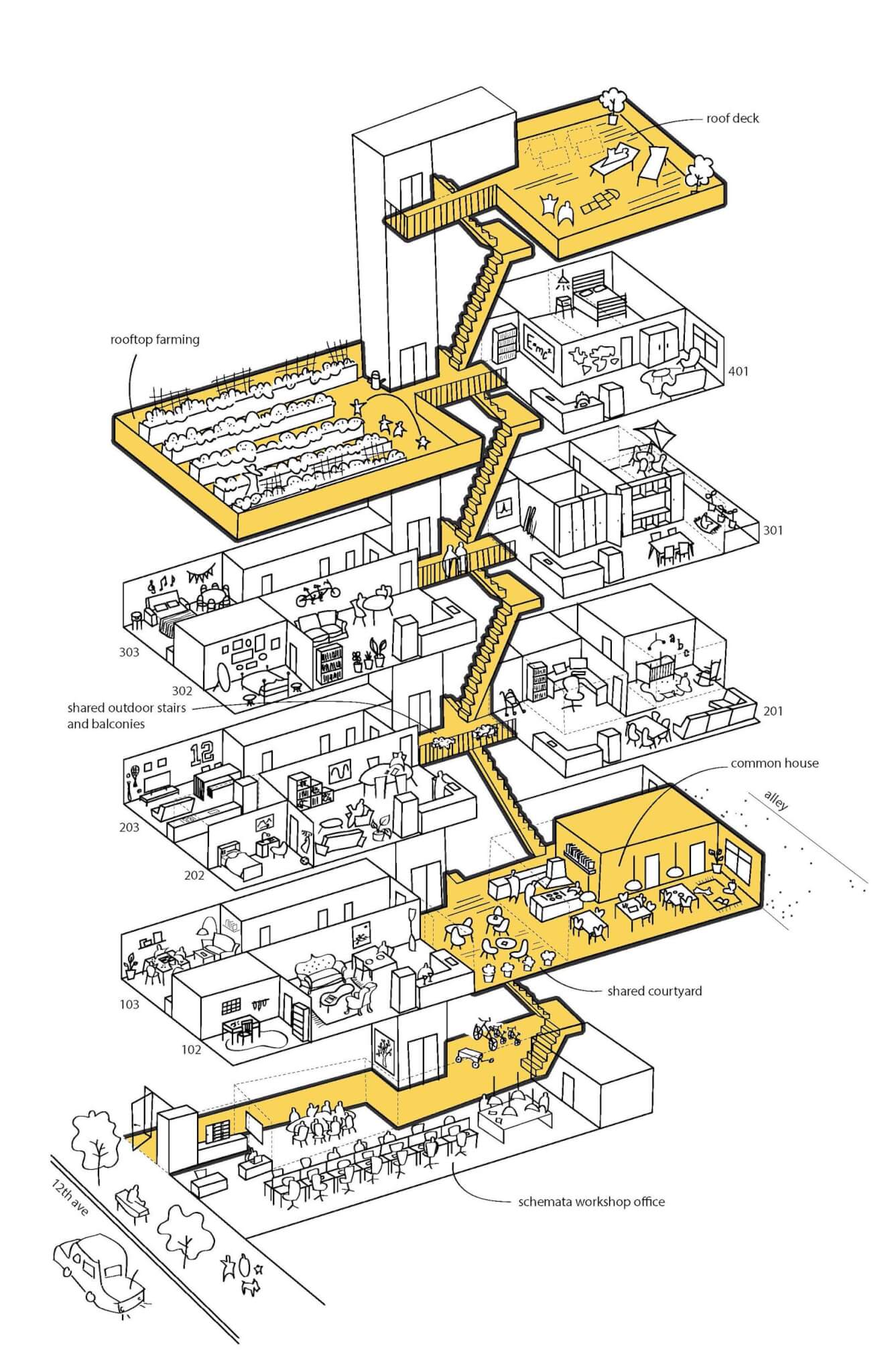The Culver City Council voted unanimously on Monday to allow six-story residential buildings with a single staircase, joining a growing list of cities moving away from antiquated building code rules that require two stairwells. The reform, modeled in part on Los Angeles’ ordinance, was described by city staff and housing advocates as urgent, because the state will bar local building code changes after October 1 for six years.
Culver City’s debate turned briefly on whether to require elevators in every building, a measure some argued would make projects prohibitively expensive. The council settled on a compromise, requiring elevators only in buildings taller than four stories. That cleared the way for a four-fifths supermajority and, ultimately, a unanimous vote.
The change mirrors reforms passed in other major cities, including New York and Seattle, which have long permitted mid-rise apartments with a single staircase. Proponents argue that eliminating the two-stairwell mandate allows for more efficient designs, larger units with light and air, and family-sized apartments that have been increasingly scarce in Southern California’s housing market. Research cited by city officials has found no increase in fire fatalities in single-stair buildings compared to other residential buildings, provided that modern construction standards and sprinkler requirements are in place.
Just six weeks earlier, LA City Council passed its own stairwell reform, but not unanimously. Councilmember Traci Park was the lone “no” vote, warning of fire safety risks and urging her colleagues to wait for the State Fire Marshal’s report due in 2026. Park argued that the Los Angeles Fire Department is overstretched and should not face the added risk of taller buildings with only one exit. But Councilmember Bob Blumenfield noted that LAFD officials had already reviewed the proposal and raised “no objections,” and that the ordinance still requires consultation with the Fire Marshal before final adoption.s
The Culver City Council’s unanimous vote underscores how consensus has formed in many jurisdictions around the need for stairwell reform, which offers a chance to build more and better housing during a statewide housing crisis.

